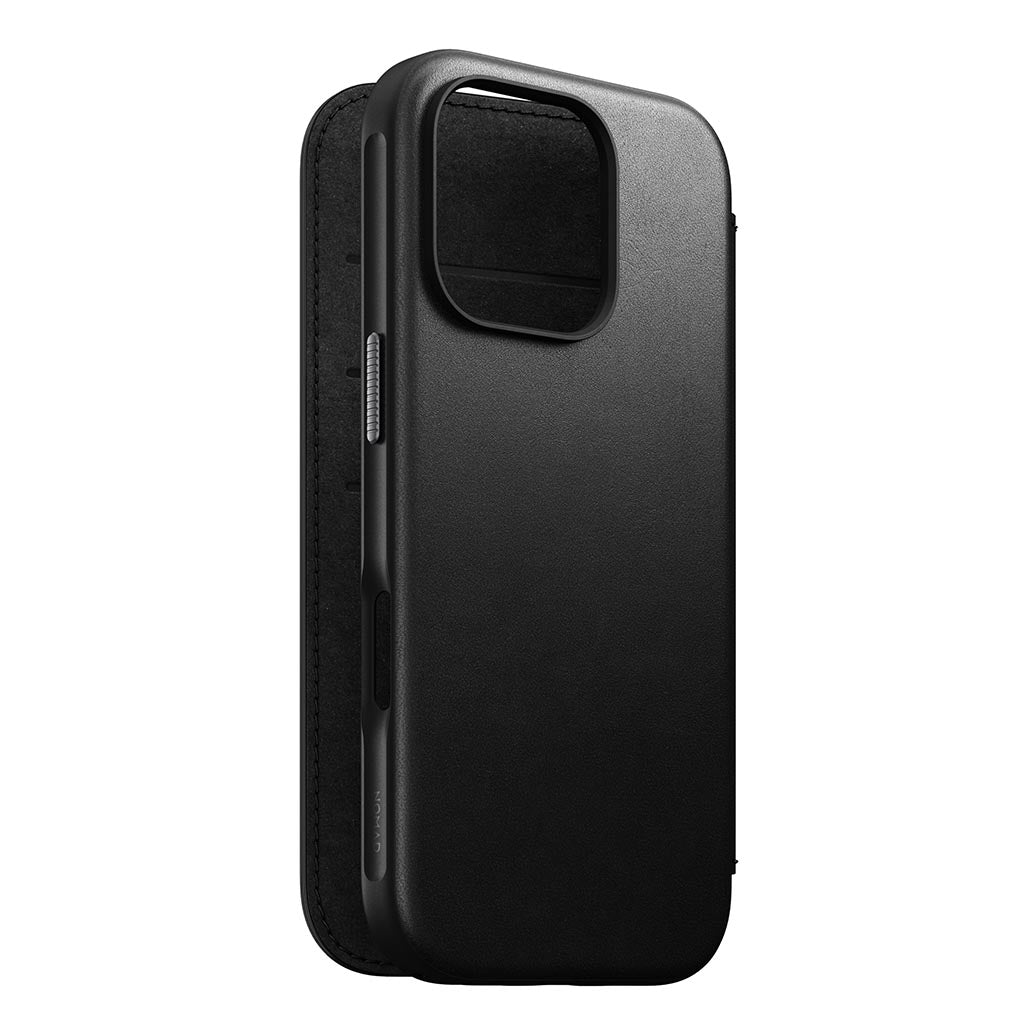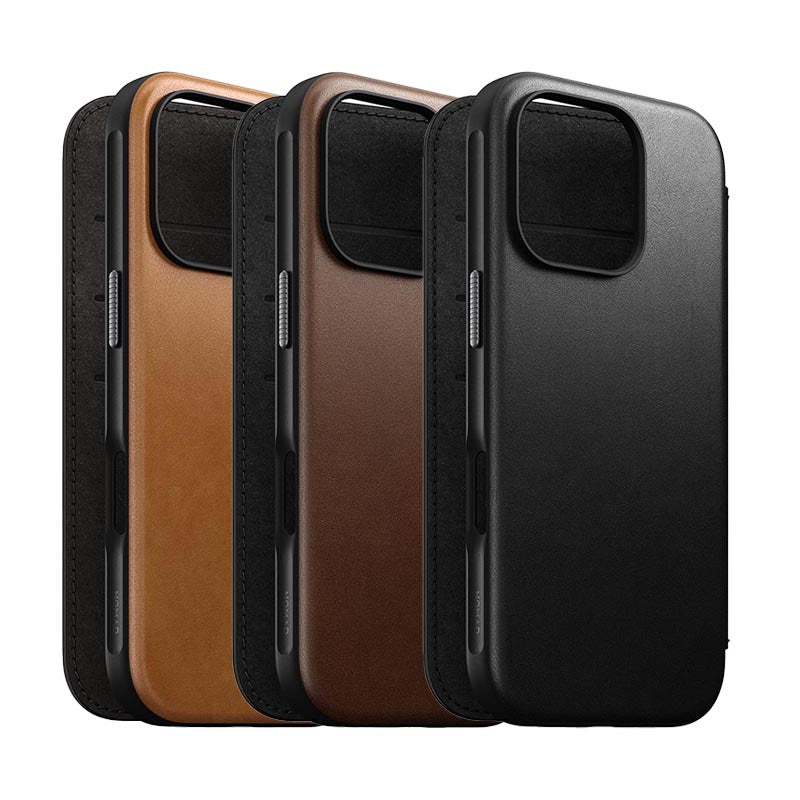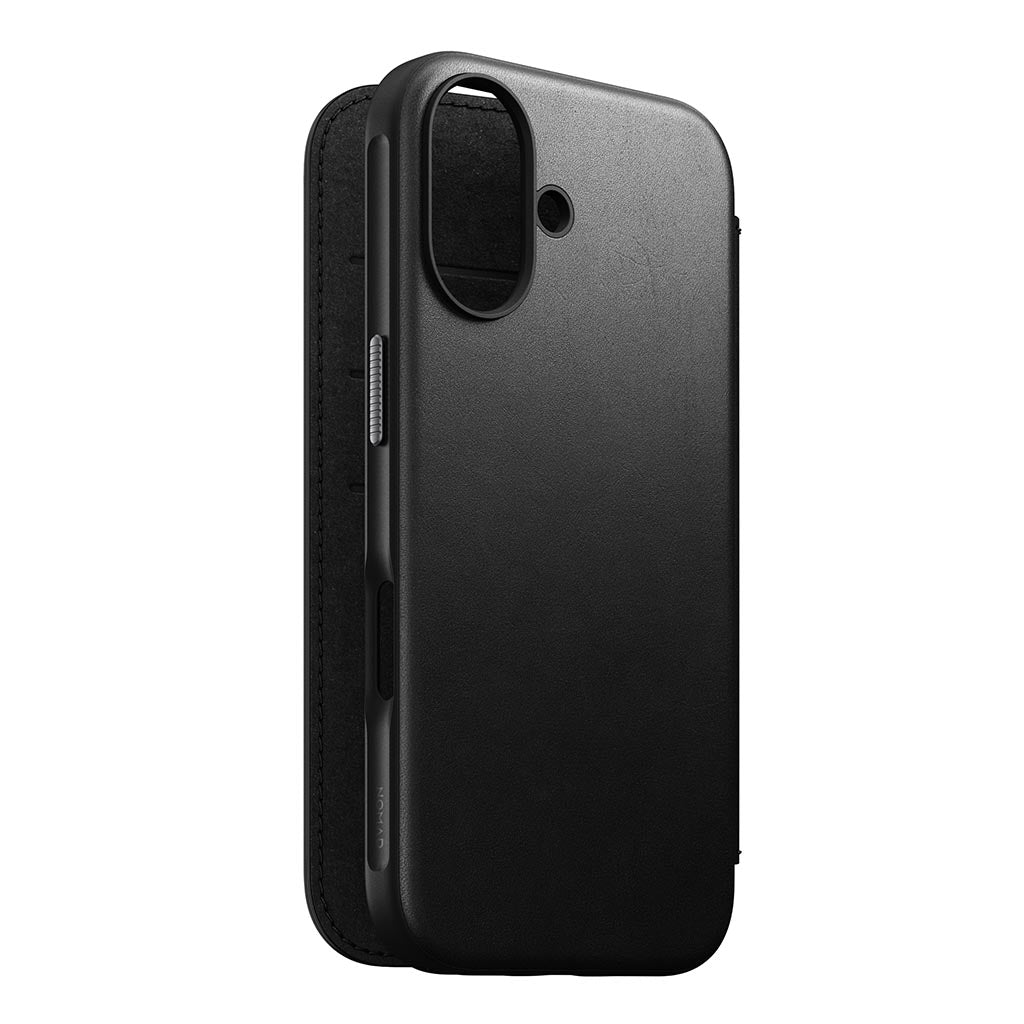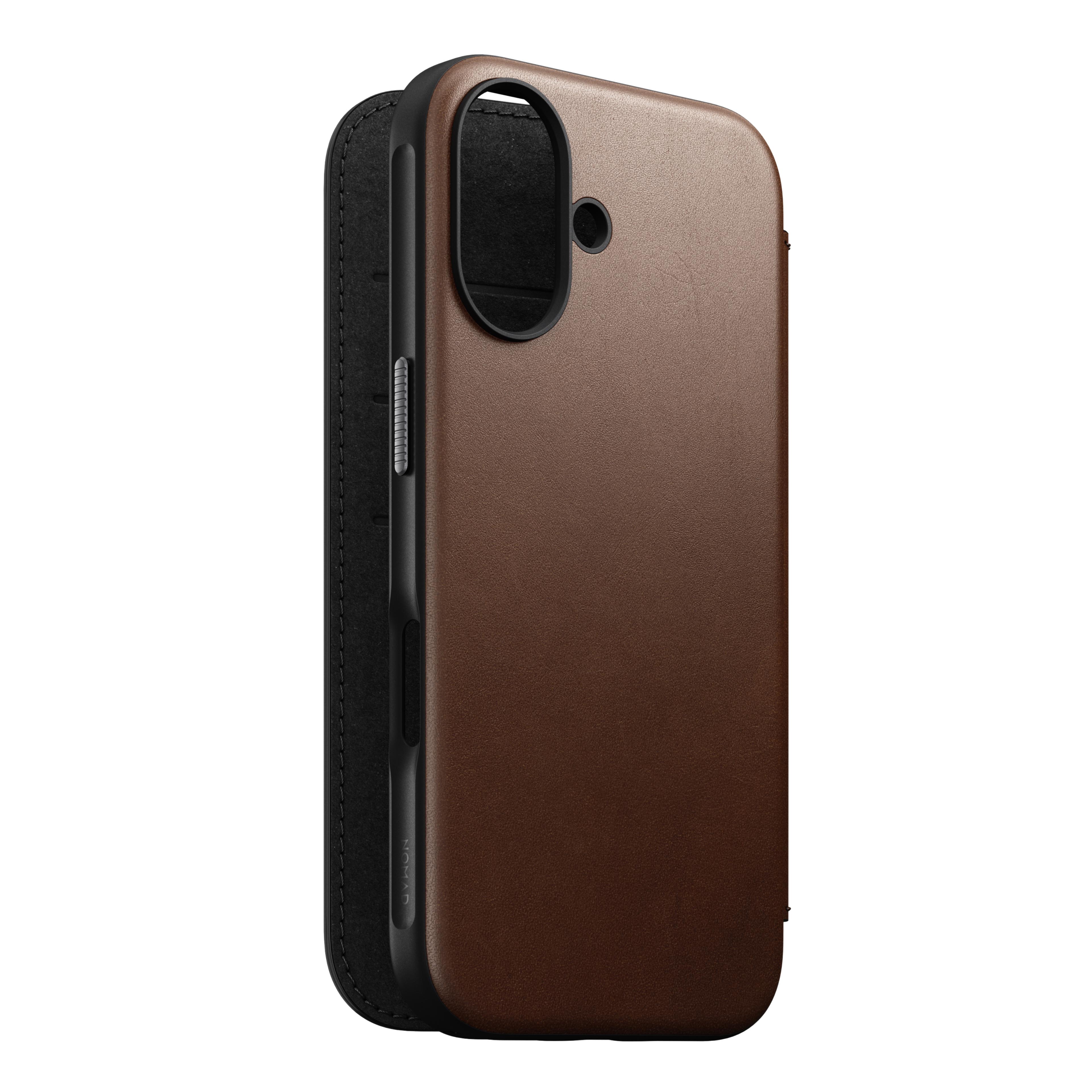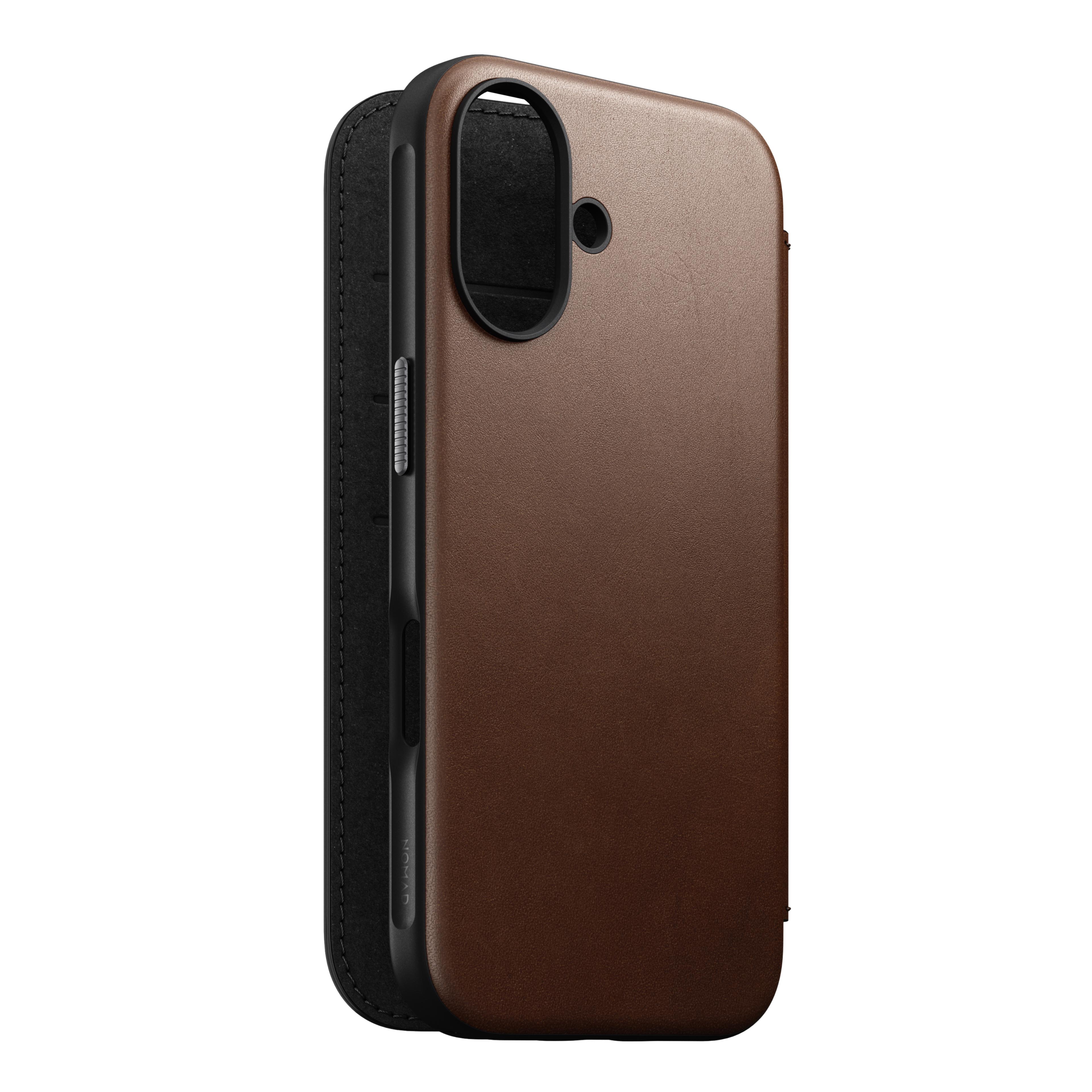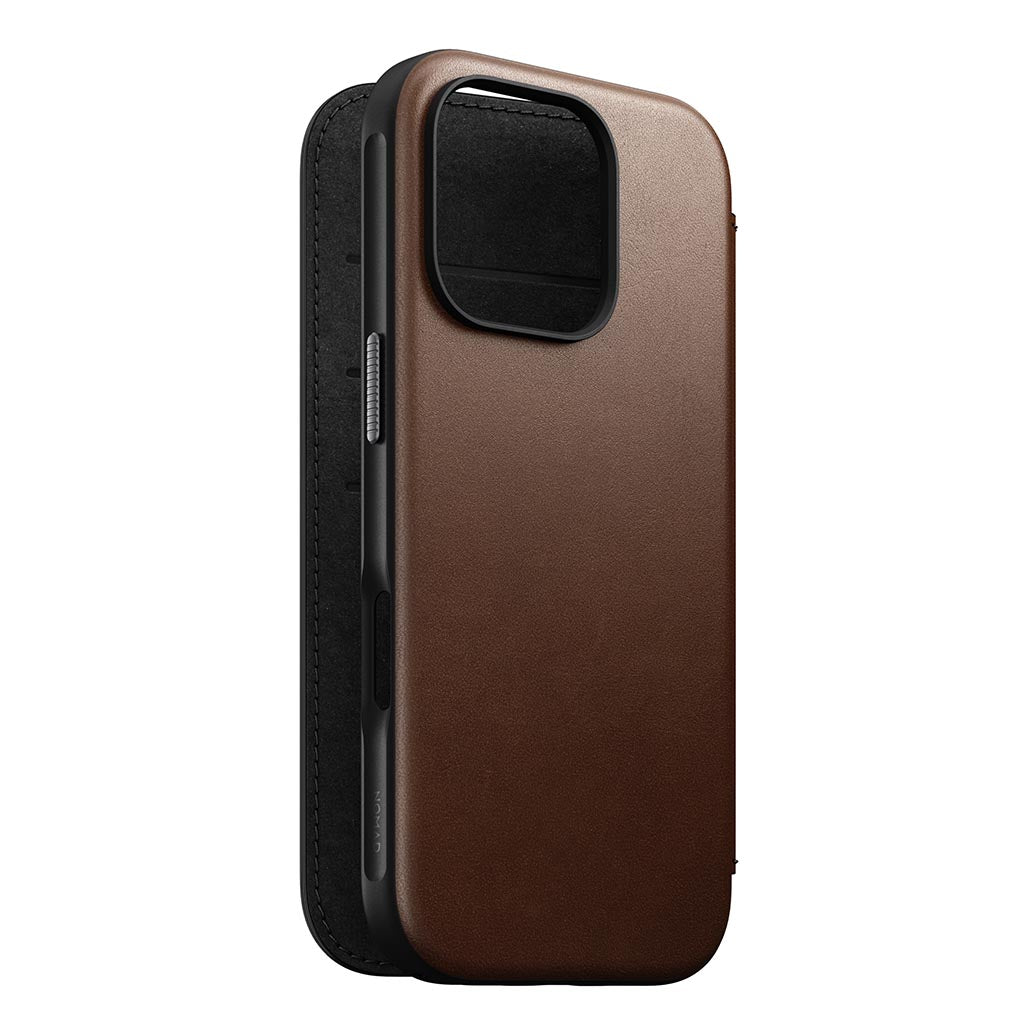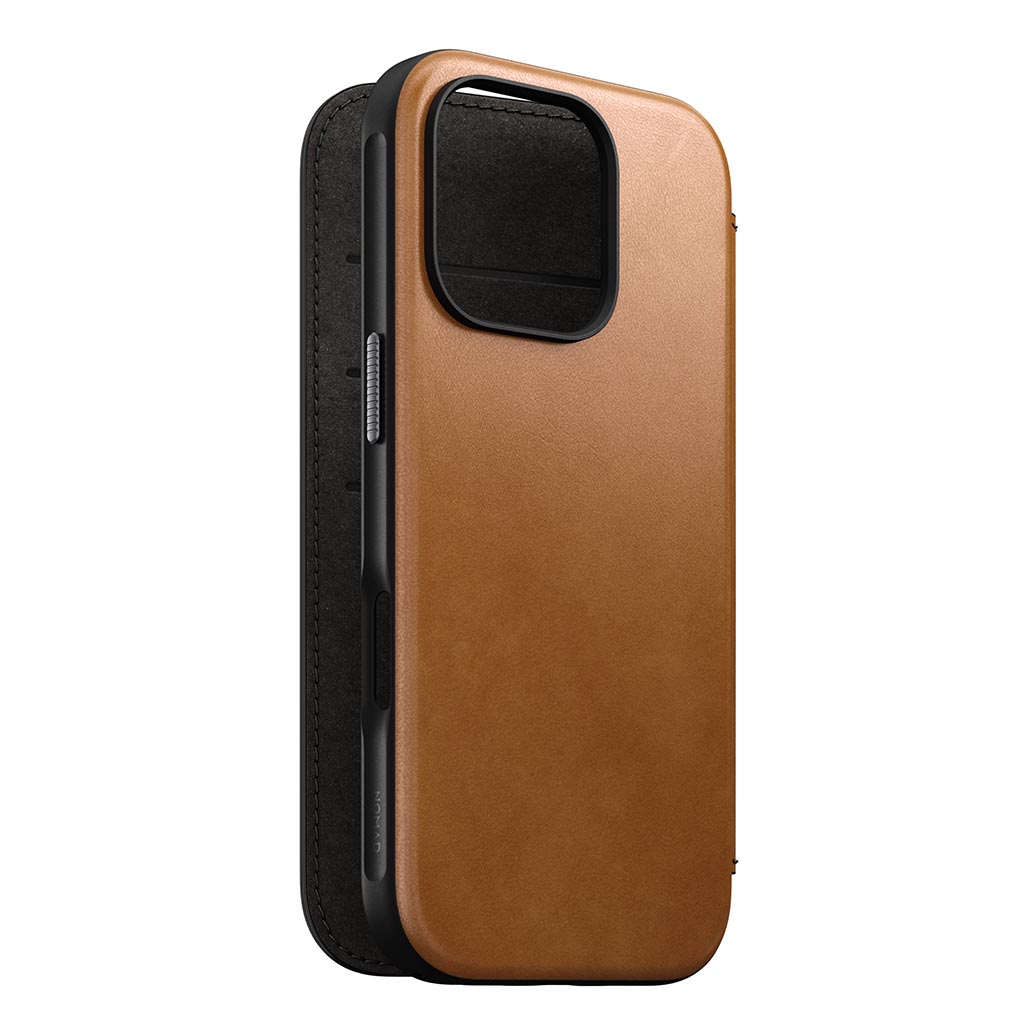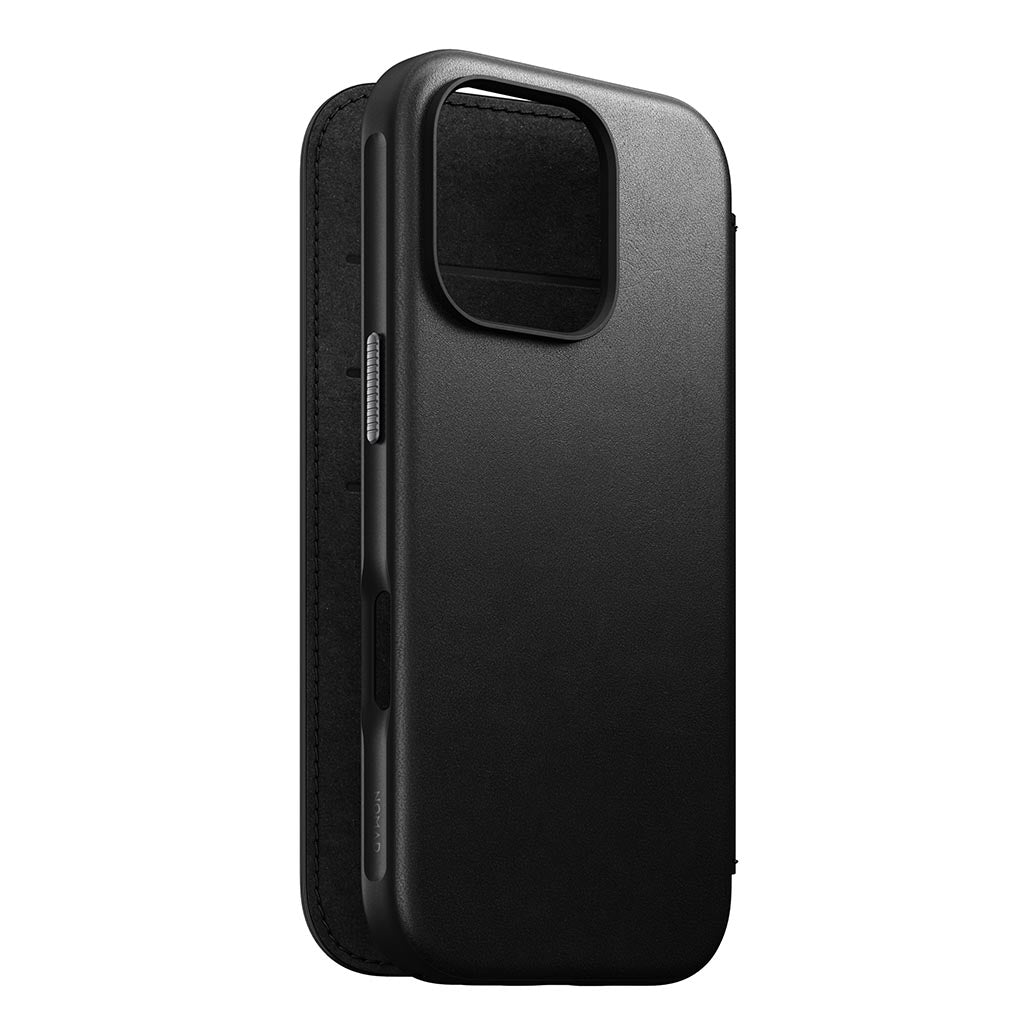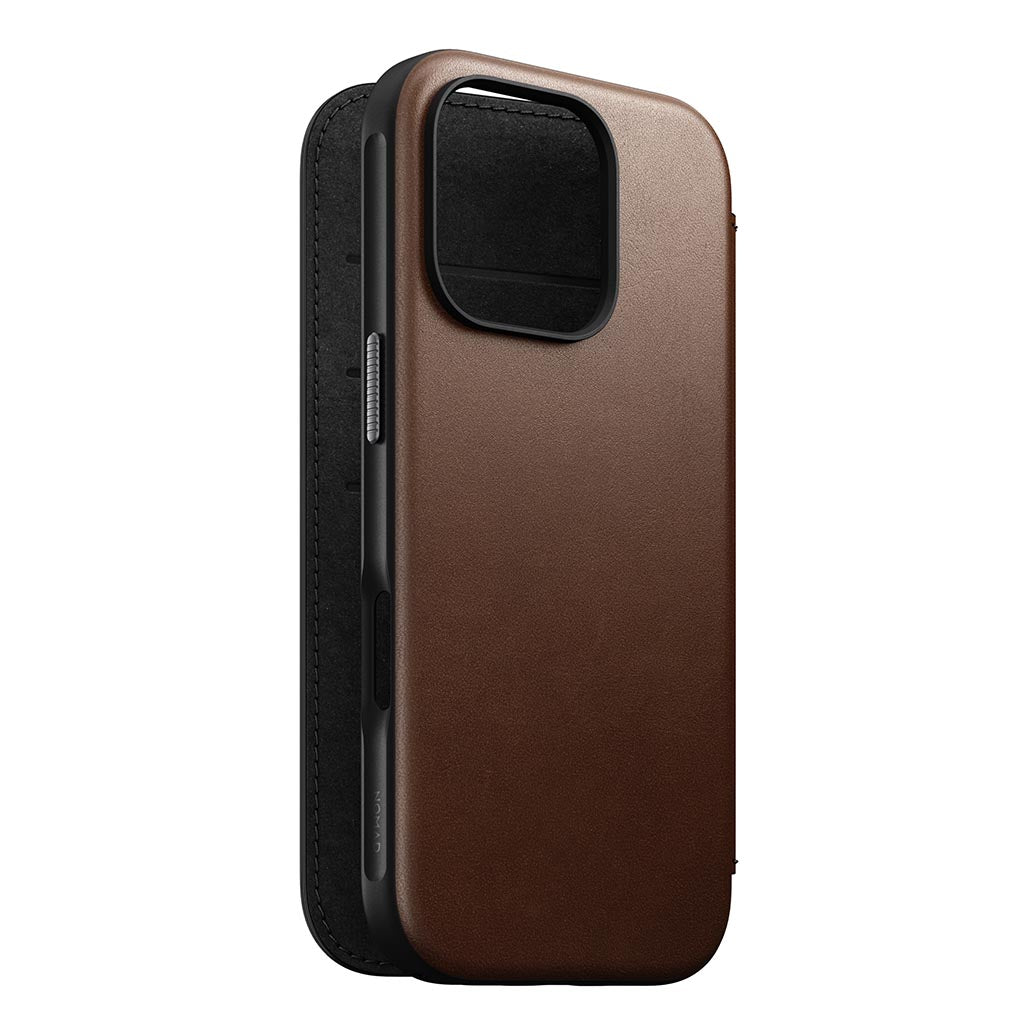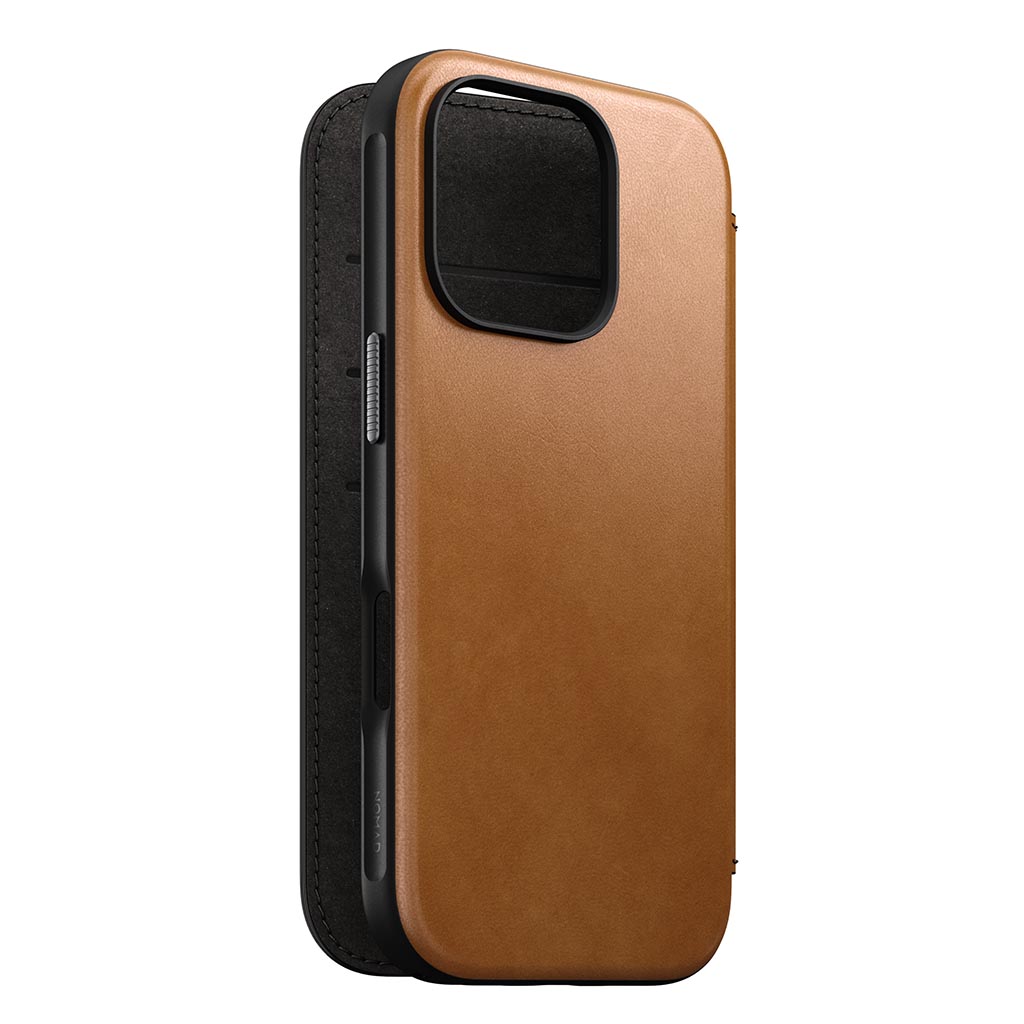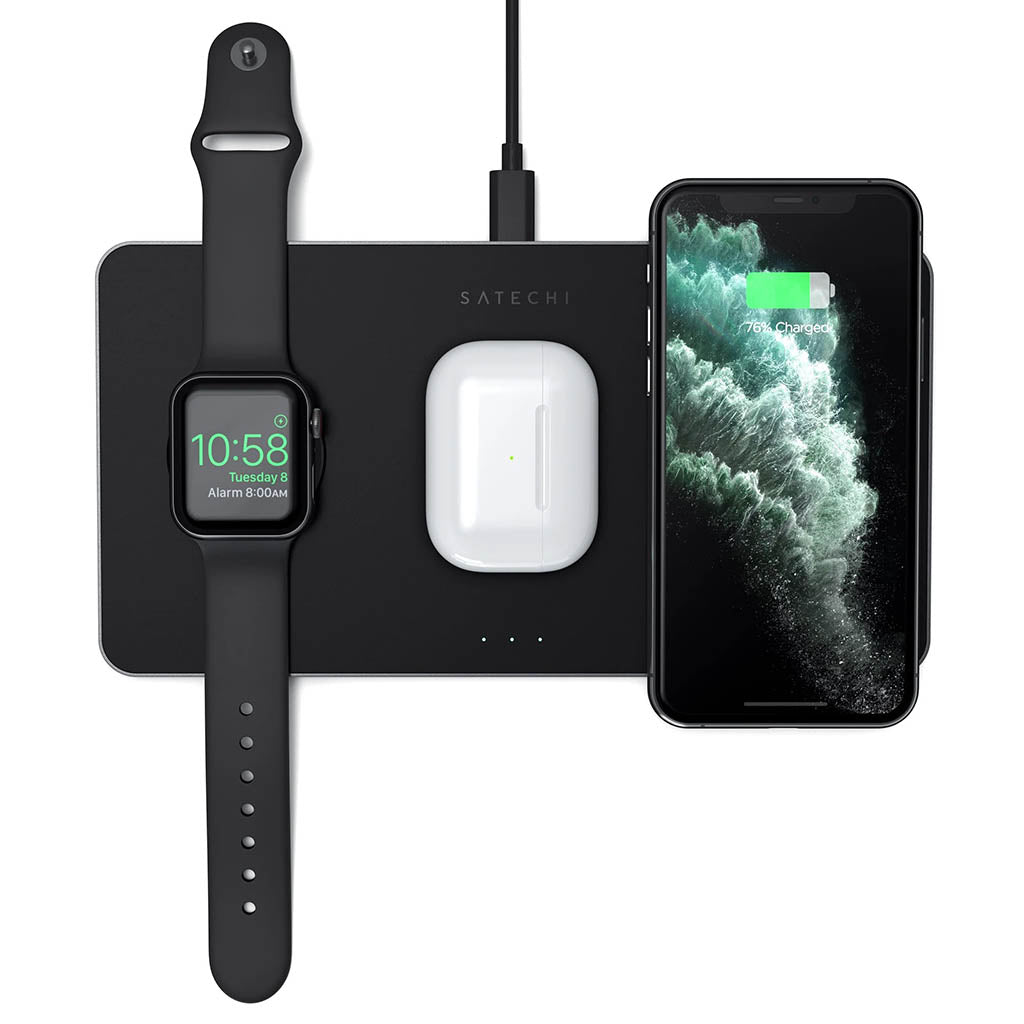At the time of writing these are amongst the best Audiophile wired headphones around:
- Beyerdynamic DT770 Pro 80 Ohm
- Beyerdynamic Amiron Home
- Audeze EL-8
- Meze 99 Neo
- Sennheiser HD600
- Focal Clear OG
- Focal Clear MG
I am only reviewing audiophile WIRED headphones not Bluetooth headphones – the reason for this is even with the latest Bluetooth 5.x the data quality is not fabulous with some ‘experts’ quoting as much as 1/5th of the original information is loss when transmitted/received via Bluetooth.
I should add the customary disclaimer – this article is written by me and me alone. At present Telecommuter do not sell headphones so I am not paid or coerced by them or the manufacturer’s – everything is my opinion and my opinion alone. Enthusiasm is my enthusiasm, and my enthusiasm alone.
Digital to Analogue Conversion and Headphone Amps
Importantly, at this level of headphone, I required a Digital Analogue Converter (DAC) and, for some of the headphones, a small Amp. Everything you plug or Bluetooth your current headphones into has a DAC which converts the digital sound to analogue which can be interpreted by the listening hardware whether it is a speaker or a headphone. Even your mobile phone has a built-in DAC. Music has quite a journey as original analogue sound is turned into digital and then the DAC turns it back into analogue so that a physical device such as a speaker or headphone can work. The quality of this conversion is exceptionally important and some of the DACs in some devices are just not very good.
All of these tests were undertaken with three different DAC/Amp set ups:
- Schiit Audio (yes really) Modi DAC and Magni headphone amplifier via an Apple Mac
- THX Onyx DAC/Amp via an iPhone
- iBasso DC06 Pro DAC/Amp and iPhone
Beyerdynamic DT770 Pro 80 Ohm – New price: £129

These are available as 32, 80 or 250 Ohm headphones. I plumped for the 80 Ohm as they are very easy to drive – you can use them connected to your mobile phone or laptop.
They are medium weight (345g) closed back headphones with a light clamp and exceptionally soft velour ear pads. You can wear them for very long periods of time without getting too hot or too irritated. They also offer excellent isolation.
The DT770 Pro’s have a very wide frequency range of 5Hz to 35kHz and are designed as ‘reference’ studio headphones often used by recording artists.
The overall sound is highly detailed and the sound stage is wide and spacious – unusual for a closed back headphone. The only down-side for anyone not in a studio is the 3m non-replaceable fixed cable. It definitely gets in the way and I rolled my office chair over the cable and tripped over it on numerous occasions.
Conclusion: Incredible sound for the money – amazingly precise in every way – but precision may not always be the best listening experience for your ears. I’ve learned that slightly ‘warmer’ headphones are my preference.
BeyerDynamic Amiron Home – New Price: £395

These are a higher price and, for me, a definite upgrade to the DT770 Pros. They are open backed – hugely engaging (warmer) to listen to with excellent vocals and range. Great separation, great detail of sound and an excellent sound stage.
At 250 Ohms they perform best with an amp and boast an even larger frequency range than the DT770 Pros of 5Hz to 40kHz. Very comfortable ear-pads, lightweight and can be worn for extended periods of time. Like the DT770’s these also come with a 3m cable but this time it is detachable and therefore replaceable for something shorter.
Conclusion: I thought the DT770 Pro’s were amazing, until I heard these. That warmer sound works very well on modern music and doesn’t take anything away from classical, jazz or live music.
Audeze EL-8 – New Price: £599 (no longer available new but I’ve included because they are one of the few Planar Magnetic headphones available)

These are open backed but surprisingly the sound stage is not as wide as I would have expected. They are heavy at 460g – but at 30 Ohms they can run off of any device.
Without getting too technical, most headphones (and indeed all the others in this review) use ‘Dynamic’ drivers – this is the most popular method of getting the sound into your ears. The Audeze EL-8's are ‘Planar Magentic’ – a less popular delivery method but often considered to offer a better sound quality and enhanced bass.
The Audeze EL-8 frequency range is exceptionally wide at 10Hz to 50kHz and they give a good, detailed performance. The bass and sub-bass is exceptional. The Ear Pads are soft leather but the clamp is on the tight side so I don’t advise wearing for long periods. The 2m cable has a unique fitting into the ear cups, so perhaps not easily replaceable.
The look is very unique with in-laid wood on each ear-cup.
Conclusion: These were not the upgrade from the BeyerDynamic Amiron Homes that I had hoped. They are a great listen and their overall sound is very good, but not excellent. If you like clean, clear and involving bass then these are your headphones.
Meze 99 Neo – New Price £189

I was really impressed by these closed back 32 Ohm headphones making them easy to drive off of any device. Weighing in at just 260g they are very lightweight – clamping is also light and the ear pads are soft and comfortable – they can be worn for long periods without fatigue.
Frequency range is wide enough at 15Hz to 25kHz. The sound stage is medium but the sound itself is fabulous and warm – the highs are smooth not too bright, mids are detailed and the bass is punchy (sometimes very-punchy) leading into a smooth sub bass. They are incredible fun. The Meze 99 Neo’s are a brilliant ‘all-rounder’ and bring a superb sense of aural enjoyment to every music genre. It’s all there and you get a microphone in the 1.5m detachable cable so you don’t have to remove them to make/receive calls.
Conclusion: If you want a superb sounding Audiophile set of headphones that you can also use for calls – these are they!
Sennheiser HD600 – New Price: £399.99

These are very similar to the BeyerDynamic 770 Pros in that they are exceptionally neutral, detailed and precise and therefore are a studio favourite for recording artists. They were originally released in 1997 (the pair I have is more recent at 2022) – that length of life is a rare achievement – many reviewers hold these up as the benchmark in reference headphones.
At 300 Ohms they do perform best with an Amp. The frequency range is 12Hz to 30kHz which offers very good Bass but surprisingly no real sub-bass. The highs are sometimes a little sharp on vocals and percussion but overall sound is very good. The sound stage is wide, so you never feel the music is confined.
Weighing in at just 260g these are very light. Ear pads are soft and very comfortable but the clamp is just bordering on tight so I wouldn’t be wanting to wear these for long periods. The Cable is replaceable – it has unique fitments at the earcups but is an unwieldy 3m in length.
Conclusion: So similar to the BeyerDynamic 770 Pros as to be indistinguishable at times.
I was also able to purchase a set of Focal Clear OG’s and a set of Focal Clear MG’s. At first glance it may seem unfair to compare these expensive Audiophile headphones with the much lower cost ones I’ve review so far. I purchased them out of intrigue and I have reasoned that everyone should know if the next steps offer anything so much better it justifies the fairly significant additional investment required.
Focal Clear OG – New Price: £1,249

Firstly, they look fabulous and the build quality is stunning. Incredibly stylish and comfortable with leather and microfibre headband and ear pads held together with an aluminium yoke with medium clamp. The outside of each ear cup has a handsome metal grid with a central metal circle and branding. Isolation is excellent perhaps due to the depth of those sumptuous ear pads. They are heavy at 450g, but the all-round luxurious comfort makes them a very easy wear for very long periods.
These are open back and at 55 Ohms they are easy to drive offering a laid back, detailed sound with a very wide sound stage. Frequency range is 5Hz to 28kHz and every aspect of this range is, to my ears, flawless. Amazing detail and separation throughout all music genres – and live performances are as though you are actually present in the room. Highs are alive but not sharp, mids are smooth and the bass and sub-bass are refined. Vocals are excellent at all levels.
At this level of spend they come with 3 cables – 3m with a 4 pin fitment, 3m with a 3.5mm jack and 1.2mm with a 3.5mm jack. I used them with the shorter cable as 3m is unwieldly.
Conclusion: The sound from these beauties is superb but the leap in quality versus the additional spend is only worth it for those with deep pockets.
Focal Clear MG – New Price: £1,399

These are the next step in the Focal range and a replacement for the Focal Clear OG. Like the OG’s these are 55 Ohm open backed with a 5Hz to 28kHz frequency response.
These look even more fabulous than the OG’s and, even though I fell in love with the OG’s, I have to conclude that these are another step up. Everything I’ve written for the OG’s goes for the MG’s but the latter has a tweaked bass/sub-bass which is ultra-smooth and there is an overall dynamic power and presence to these that just isn’t there in any of the other headphones on my list.
Conclusion: I could not justify spending £1,399 on wired headphones – but these are a small step up from the Focal Clear OG's and, having purchased them on eBay, I doubt I will be letting go of them.
OVERALL CONCLUSION
There is a definite and vast difference between the majority of consumer headphones and audiophile headphones which will make it very hard for me to go back. Bloated bass, confused mids and sharp highs are replaced by detailed expansive listening at all levels. Hot ear cups are replaced by cool comfort and up-tight jangles by laid-back and expressive individual instruments and voices.
And the Winner is . . .
My absolute favourite pick of the headphones I have sampled for value/quality/ease of use/comfort are the Meze 99 Neos. At £189 they are not too far away from the Focal Clear MG’s in sound quality but at a fraction of the price. At 32 Ohms they can run straight off your phone but if you go the extra mile and purchase a sub £100 ‘dongle DAC/amp’ you will bring these to life with a full, layered sound across the entire range with an extra thump in the bass. These are incredibly comfortable and have a built-in microphone – so you never have to take them off to make/receive calls! Despite having the Focal Clear MG's I keep coming back to the Meze 99 Neos as they are hugely engaging.
Coming in very close to the Meze 99 Neos is the Beyerdynamic Amiron Home. Harder to drive and a ridiculously long cable but one of the most engaging headphones you’ll ever wear!
A final note – If you are feeling particularly wealthy and want incredibly gorgeously designed and sounding headphones – I have to recommend the Focal Clear OGs and MGs. Pound for pound they don’t offer anywhere near the value of the other headphones and the jump in sound isn’t huge – but it is really, really, really lovely. It’s a bit like trading up from an Audi to a Bentley – both cars do pretty much the same thing in getting you from A to B, but one of them does it slightly better and in far more luxury. Also, like the Bentley, the Focals make a more refined sound and will definitely get you noticed.
After listening to any other headphone, these are like coming home. All of my listening is more enjoyable, more detailed and expressive and they look and feel fabulous. I shall never return to consumer level headphones (unless travelling).
GLOSSARY OF TERMS (JARGON BUSTER)
I’ve learned a lot on this journey, including many new terms and descriptions – the most vital of which you may need to understand the reviews are:
Circum-Aural – Over the ear (not on the ear or in the ear)
Closed Back Headphones – the back of each ear cup is closed and often very little sound can be heard outside of the headphones.
Open Back Headphones – the back of each cup is open and sound is very obvious outside of the headphones. The advantage is often a wider sound stage.
Sound Stage – this is how wide the overall sound feels when you listen. Some headphones can feel very enclosed with everything fighting for a small space – others feel wide as though you are listening in a larger space.
Ohm rating – this is how much power is required to drive the headphones – the lower the number the easier they are to drive (mobile phone and laptop) but often they have lower maximum volume. Higher numbers are harder to drive (often requiring an amplifier) but are usually more refined at higher volumes.
Separation – how easy it is to distinguish between different instruments, voices and notes.
Frequency Response – the average human ear hears between 20Hz (bass) and 20kHz (high-pitch). The wider the frequency range often the more dynamic the sound achieved within the hearing range.
SubBass – the very lowest bass sounds.
Reference Headphones – often used in studios because of the precise sound.
Warmer Headphones – the sound signature of the headphones is less precise but more engaging.
Clamp – how tight the headphones fit on my L sized head.
Audio File Compression – most digital music is compressed in some way to make the file sizes smaller and easier to download. The higher the compression, the more of the original you have lossed (lossy files). Apple’s new encoding process for audio files (Apple Digital Masters) are compressed virtually losslessly so are of the highest quality.







